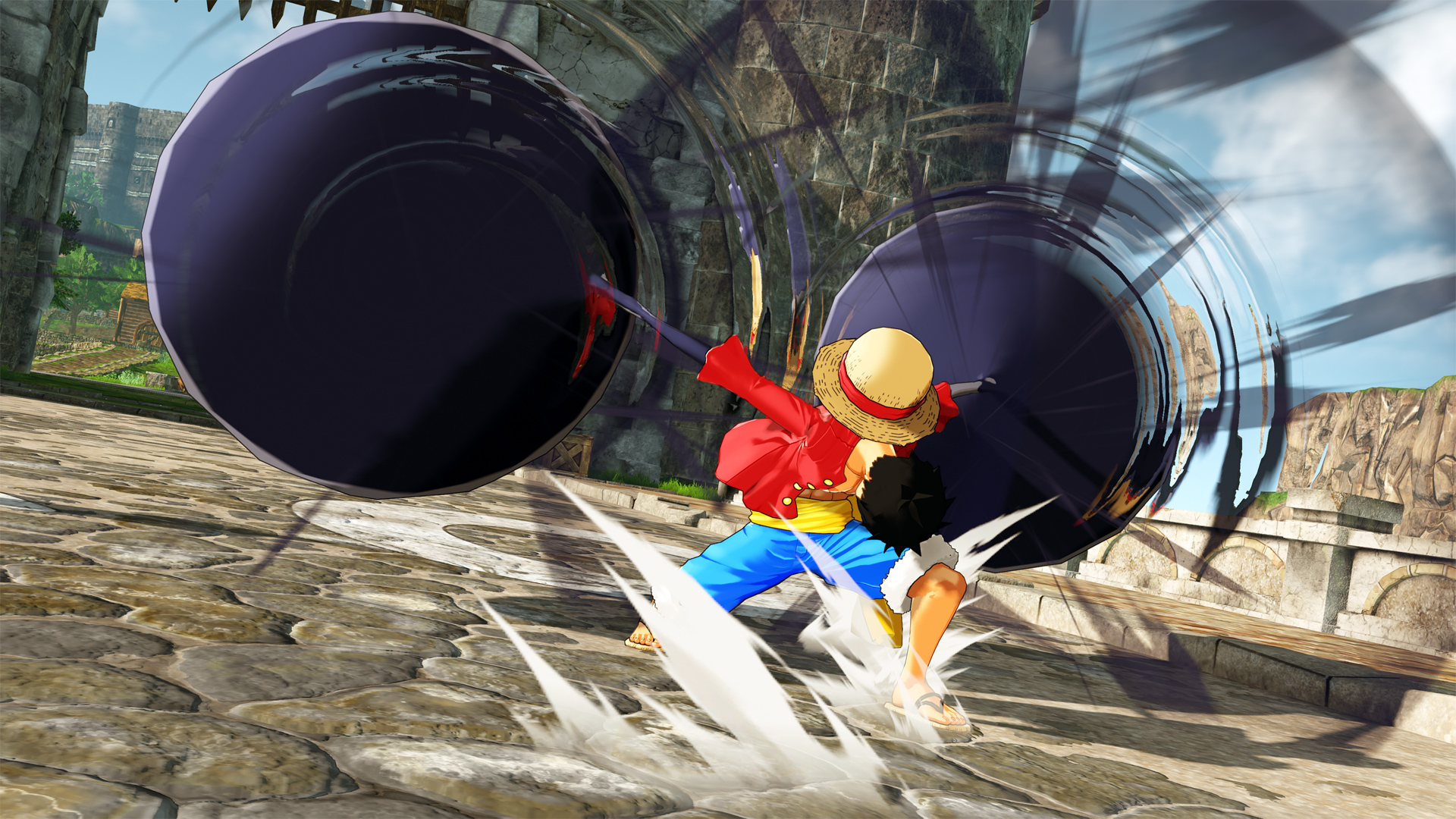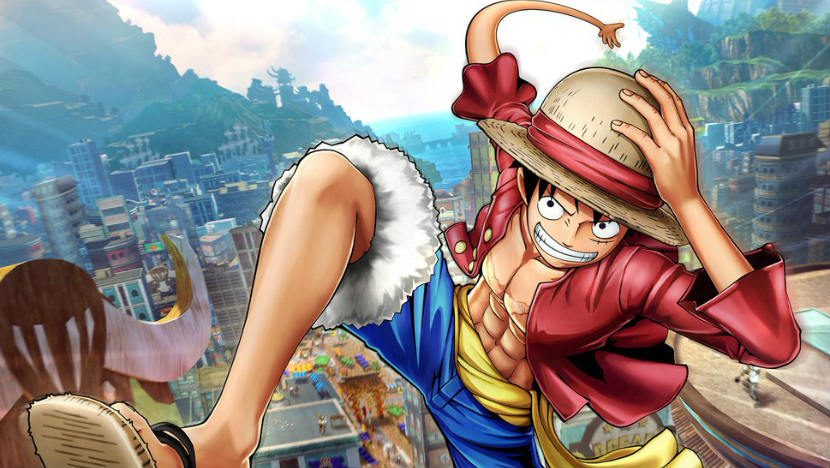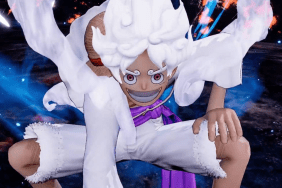The Shonen Jump brand has been riding high lately. Dragon Ball FighterZ has drawn an audience rivaling Street Fighter, the likes of My Hero Academia and One Punch Man have lit up the world of mainstream anime in the west, and the iconic magazine has relaunched into a digital subscription service that rivals Netflix in terms of value. Unfortunately, Jump Force, the fighting crossover dream match machine that was supposed to ring in the big 50th anniversary, landed like somebody dropped a toilet out of an airplane. One Piece: World Seeker is in the unfortunate position to follow that up, but it just so happens to be the work of Ganbarion, a studio that knows its way around One Piece. This game not only feels like the current end point of one idea’s long journey, but it’s also easily the best game based on Shonen Jump’s biggest property.
The Unlimited Adventures of Monkey D. Luffy
Nearly the entirety of Ganbarion’s development history revolves around One Piece, a manga that has been running and dominating Shonen Jump’s magazine since the late 90s. Ganbarion has largely been interested in party-style fighting games, with its Grand Battle series aping the likes of Power Stone with chibi One Piece characters and the beloved imports Jump Superstars and Ultimate Stars opting for a sprite-based take on the likes of Super Smash Bros. But with the One Piece license, Ganbarion has also experimented with adventure games with the “Unlimited” series. These titles, starting back on the Wii with One Piece: Unlimited Adventure and most recently landing on just about every platform with One Piece: Unlimited World RED, combined Monster Hunter-like resource gathering and boss battles with the kind of happy go lucky exploration befitting of the source material.
The latter is where One Piece: World Seeker’s DNA traces back to. While not officially an Unlimited game by title, World Seeker feels like a combination of forward progress, lessons learned, and an attempt to fit more in with what big, explorative video games look like today. Frankly, World Seeker strives to stand alongside Assassin’s Creed or Dragon Age more than it does Monster Hunter. For the most part, it’s as successful as a Japanese anime game from Bandai Namco can be in its pursuit, without the millions upon millions of dollars backing its inspirations.
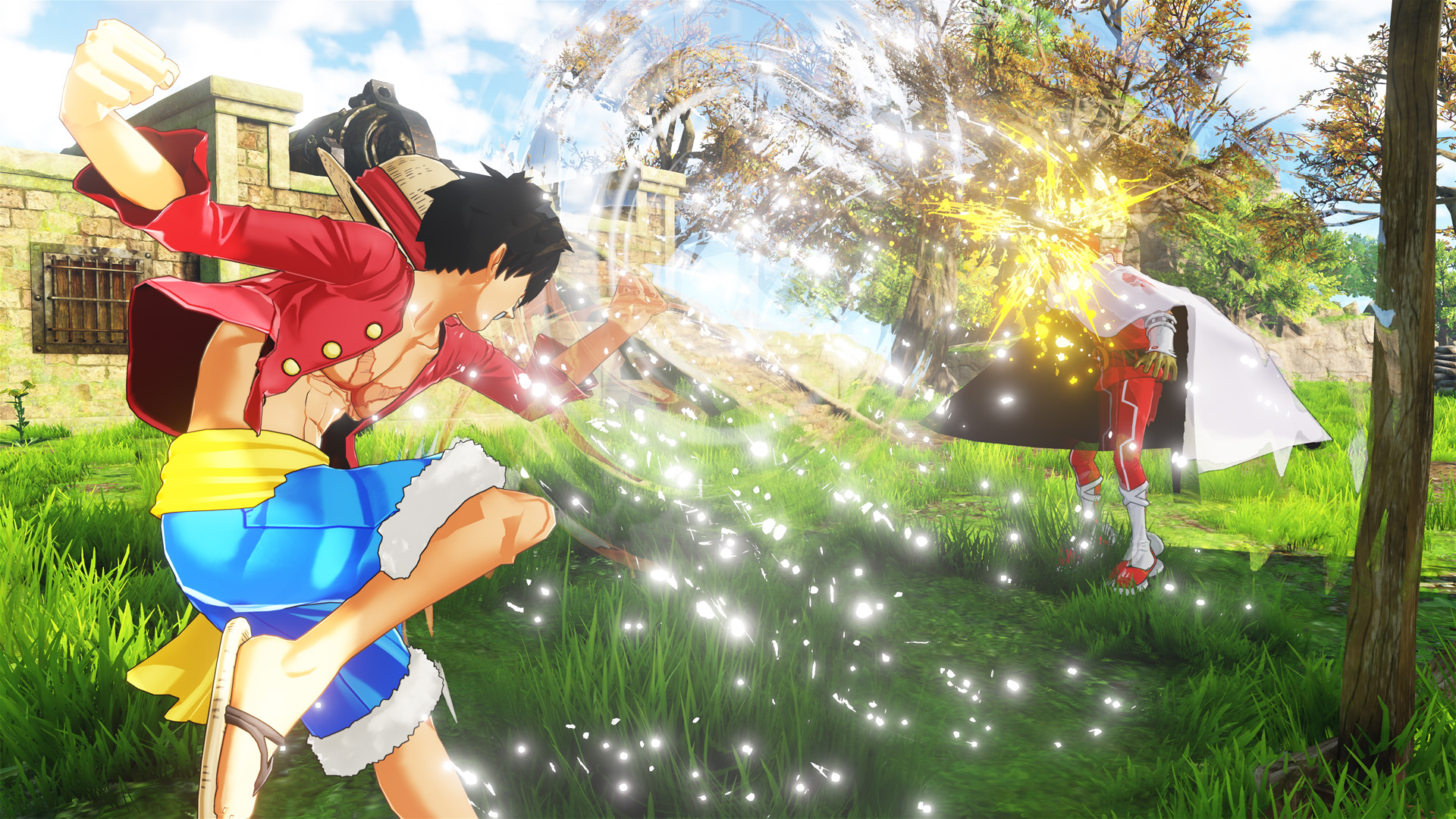
What really helps is that One Piece: World Seeker benefits from a lot of hands-on presence from other One Piece media. Series mangaka Eiichiro Oda both supervised the storytelling and contributed new characters, and Kohei Tanaka, the composer for the anime series, is also credited here as the composer. Talent from Shueisha and Toei Animation are also involved in various capacity, the end result being a video game that feels right at home in the One Piece universe in a way that really hasn’t happened before. It looks, sounds, reads, and feels like a real part of the series.
Gomu Gomu no Stealth Takedown
One Piece: World Seeker is an open world game, and it comes with all the trappings of that genre. There’s a massive map to uncover, each with its own set off hidden treasure boxes to find. NPCs dole out all kinds of side quests, and our boy Monkey D. Luffy will spend a lot of time chasing waypoints. There’s a big skill tree to fill out that expands what Luffy is capable of doing, which is the real core of this game once all is said and done.
See, if you aren’t familiar with One Piece and are reading this for some reason, Monkey D. Luffy is a pirate whose body is made out of rubber. He can stretch and expand his body, and do all kinds of weird stuff that only sort of makes sense. But that’s okay because that’s how shonen battle manga works. This feeds into the skill tree system, which is split into stats-oriented purchases, two different combat stances based on “haki,” and various movement and exploration-based abilities. The latter is especially important, because as Ganbarion has progressed along console generations, it has more and more explored the idea of Luffy as a rubber-based, human vehicle. In Unlimited World RED he could snap his arms around like a sort of grappling hook around the hub world, but in World Seeker we’ve progressed into open world space, and Luffy needs a lot more than that to get around quickly.
As you move through the skill tree, Luffy will be able to snap his arm to various grapple points like building edges and trees, spin his legs to briefly glide through the air, and yank himself towards enemies. These abilities can all be purchased and then upgraded once, giving Luffy the ability to stay up in the air for long distances as long as you’re careful. Luffy isn’t nearly as graceful or versatile as Spider-Man, and that totally fits the source material. Luffy is reckless and straightforward, so his mobility is more like, well, snapping a rubber band vaguely in a direction and seeing what happens. There is a method to the madness, but there is a learning curve as you learn you don’t have as much control as you’d expect based on playing other, similar games.
In terms of combat, this is where One Piece: World Seeker struggles the most. The Monster Hunter-like roots of Ganbarion’s action/adventure work sticks out here, as Luffy has to commit to his choices in a fight and will eat damage if he leaves himself open. There are a couple defensive moves, but you won’t be able to cancel attack animations into them. In the meantime, most enemies are equipped with guns, and the ones that aren’t will be happy to interrupt your overeager combo attempts if you’re being too reckless. So while you can expand your combo and defense options via the skill tree, you still need to be aware of what you’re doing. Sometimes, that doesn’t feel natural as Luffy twirls his body around in such a theatric fashion it’s hard not to want to mash the attack button.
What’s interesting about Luffy’s ability set for combat is an unexpected stealth option. In addition to the usual anime game style hand to hand, Luffy can also use takedown moves, and even has a long range “shot” attack. You can aim Luffy’s fist like a rifle here, and take shots at unsuspecting enemies for critical damage and stun opportunities. This can be upgraded as well, and makes for an interesting additional choice, even during close range and group scraps. And of course, a “tension” meter can be spent for Luffy’s trademark special moves such as “Gum Gum Elephant Gatling Gun,” which is a lot cooler than it sounds.
This sounds like a lot to take in, and it is. Combat early on can be frustrating, as before you get your skills upgraded, Luffy will take a lot of potshots from long distance enemies. Your only recourse will be to absorb damage or mash dodge, until you can close in with your sparse, early moveset. There are also some concessions here with all the AAA-style polish compared to Ganbarion’s previous works, such as the rest of the Strawhat Pirates being relegated to supporting roles instead of playable, crafting taking more of a backseat instead of being a primary focus, and boss battles being a bit less challenging in comparison. World Seeker is not a direct relative to the Unlimited games after all, and this is a new sort of beast with new rules and goals.
Overall, despite the occasional combat snag or nagging disappointment I couldn’t play as Franky, One Piece: World Seeker absolutely shocked me with how good it is. It’s a massive, familiar, comfort food sort of open world game, that just happens to have the upbeat vibe, wacky characters, and bright colors of One Piece powering its engine. Thanks to its presentation backed by the muscles behind the larger arms of the One Piece media juggernaut, it feels like a “legitimate” part of the series rather than the usual IP tie-in. Finally, it’s just nice to look at and feels good to lose hours playing, thanks to a surprising level of polish not usually afforded to games in this space. One Piece: World Seeker is an excellent romp, and fans of the series will definitely have a blast.
One Piece: World Seeker review code provided by publisher. Version 1.01 reviewed on a Standard PS4. For more information on scoring please see our Review Policy here.
-
Involvement of One Piece talent from other mediums really shines through
-
Jumping and gliding around with Luffy's rubber powers is a hoot
-
Surprising degree of polish and production value
-
Combat can feel stiff and limiting, especially in early hours
-
Limited voice acting betrays otherwise big production
-
Other Strawhats stuck in supporting roles can be a drag
One Piece: World Seeker Review March 2019
-
One Piece: World Seeker Review March 2019 #1
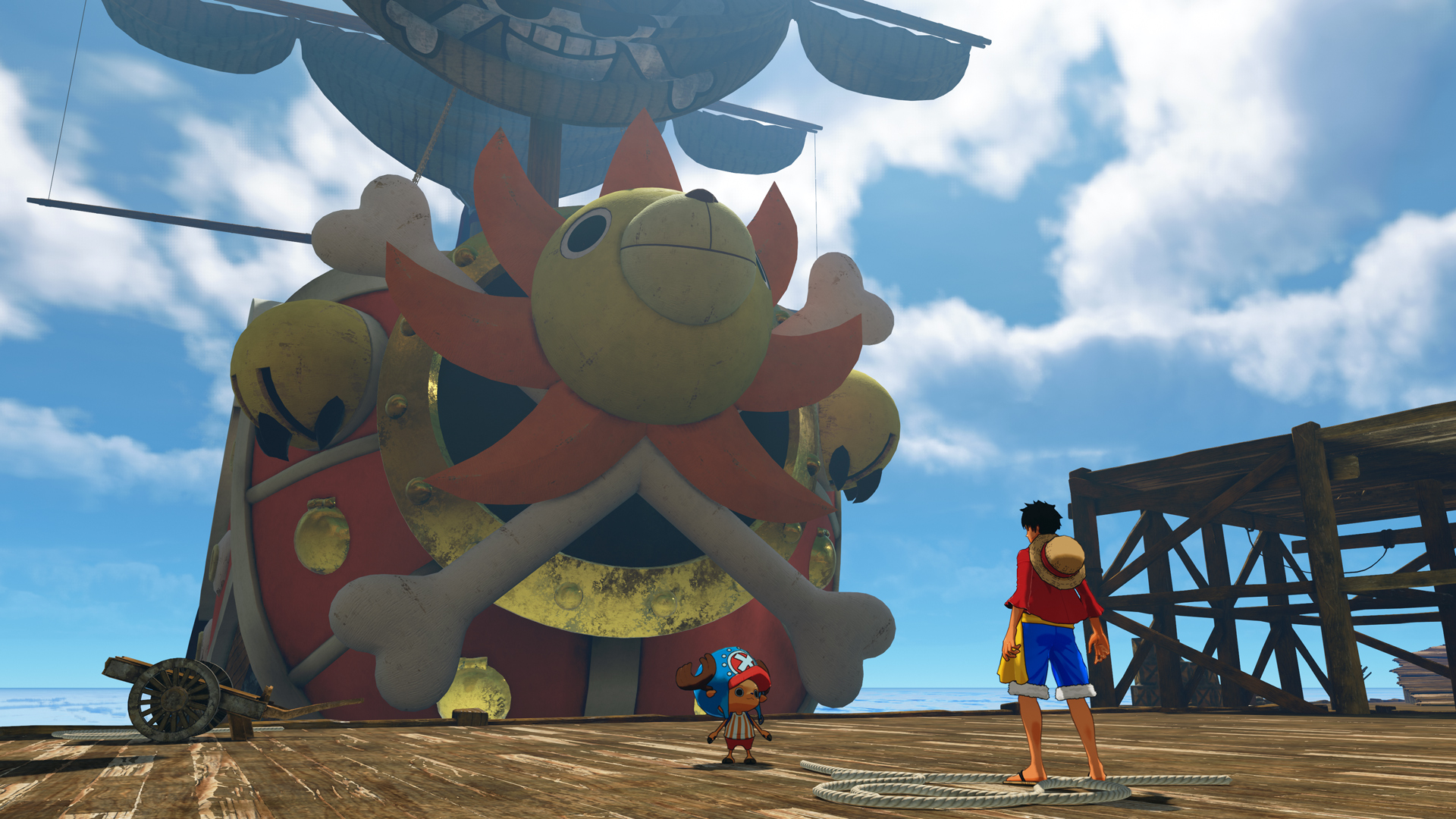
-
One Piece: World Seeker Review March 2019 #2

-
One Piece: World Seeker Review March 2019 #3
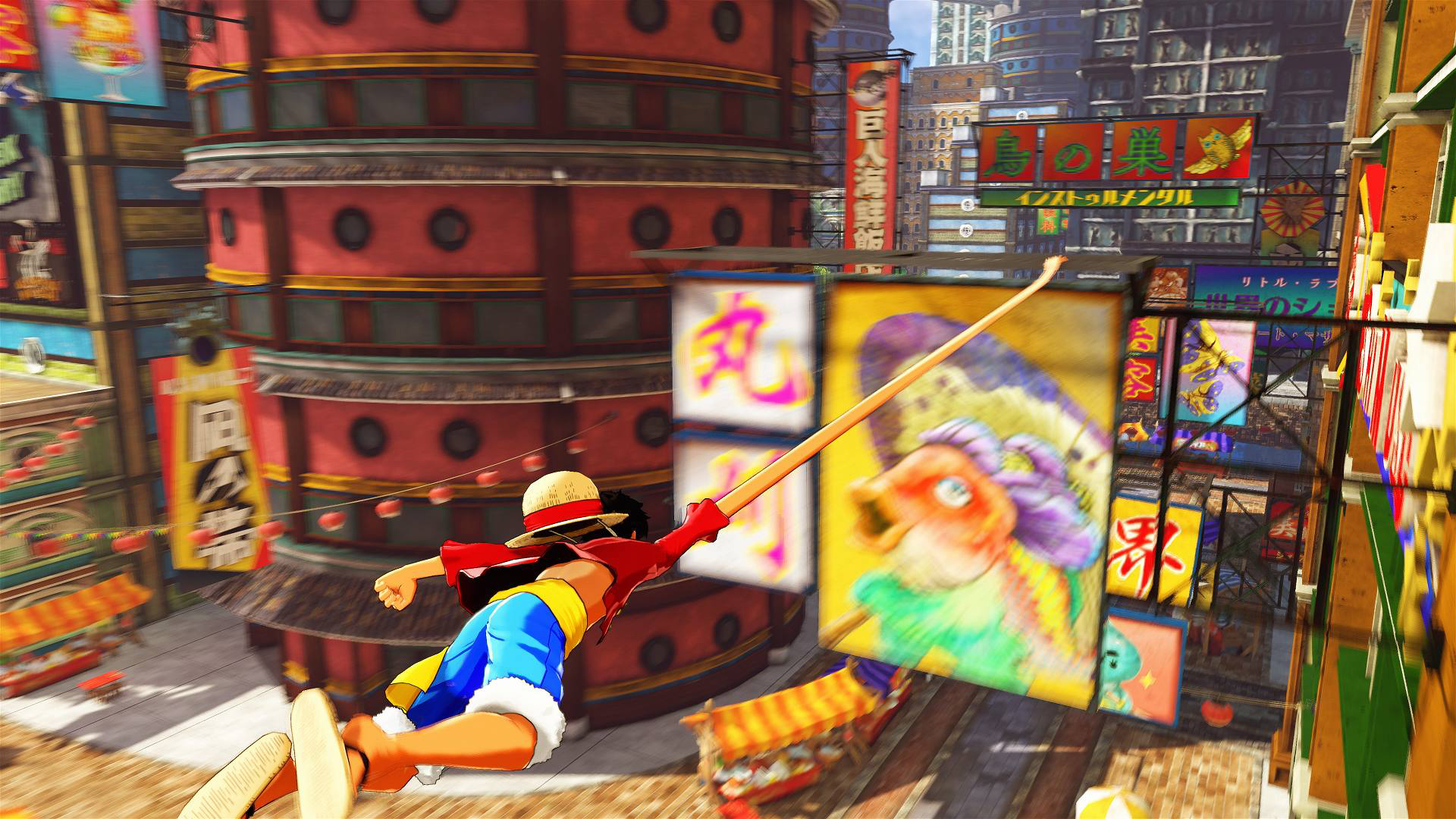
-
One Piece: World Seeker Review March 2019 #4
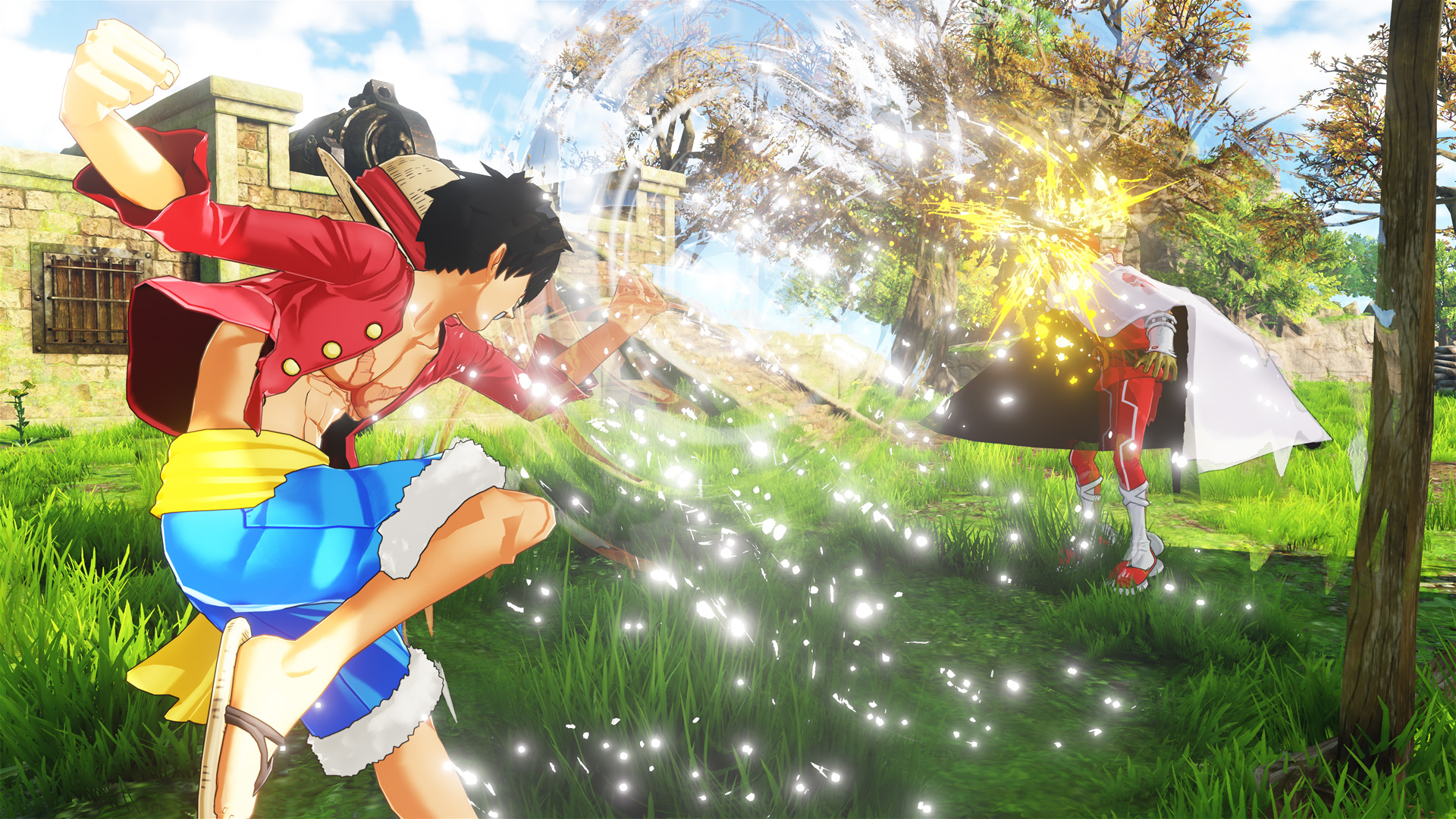
-
One Piece: World Seeker Review March 2019 #5
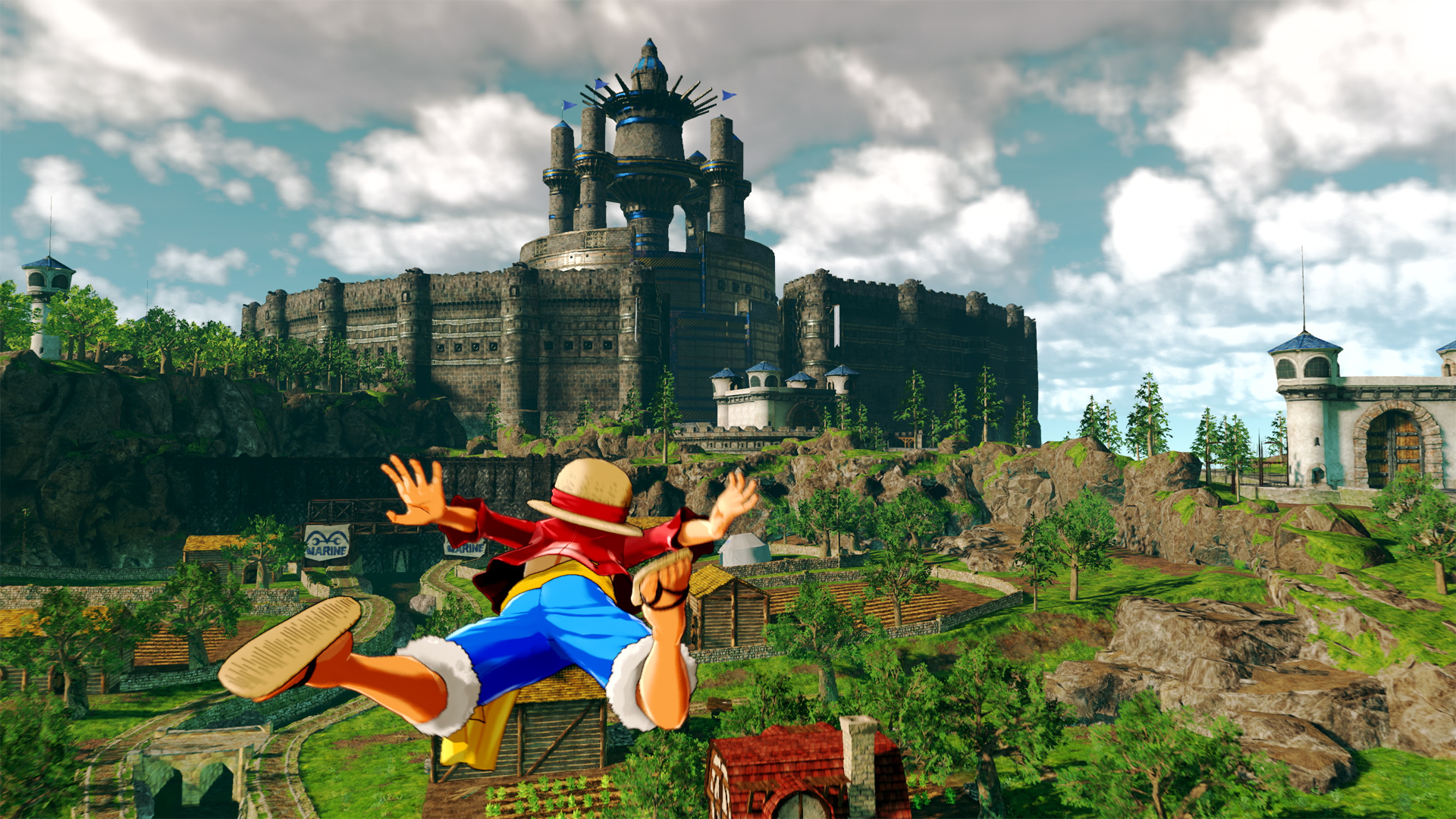
-
One Piece: World Seeker Review March 2019 #6

-
One Piece: World Seeker Review March 2019 #7
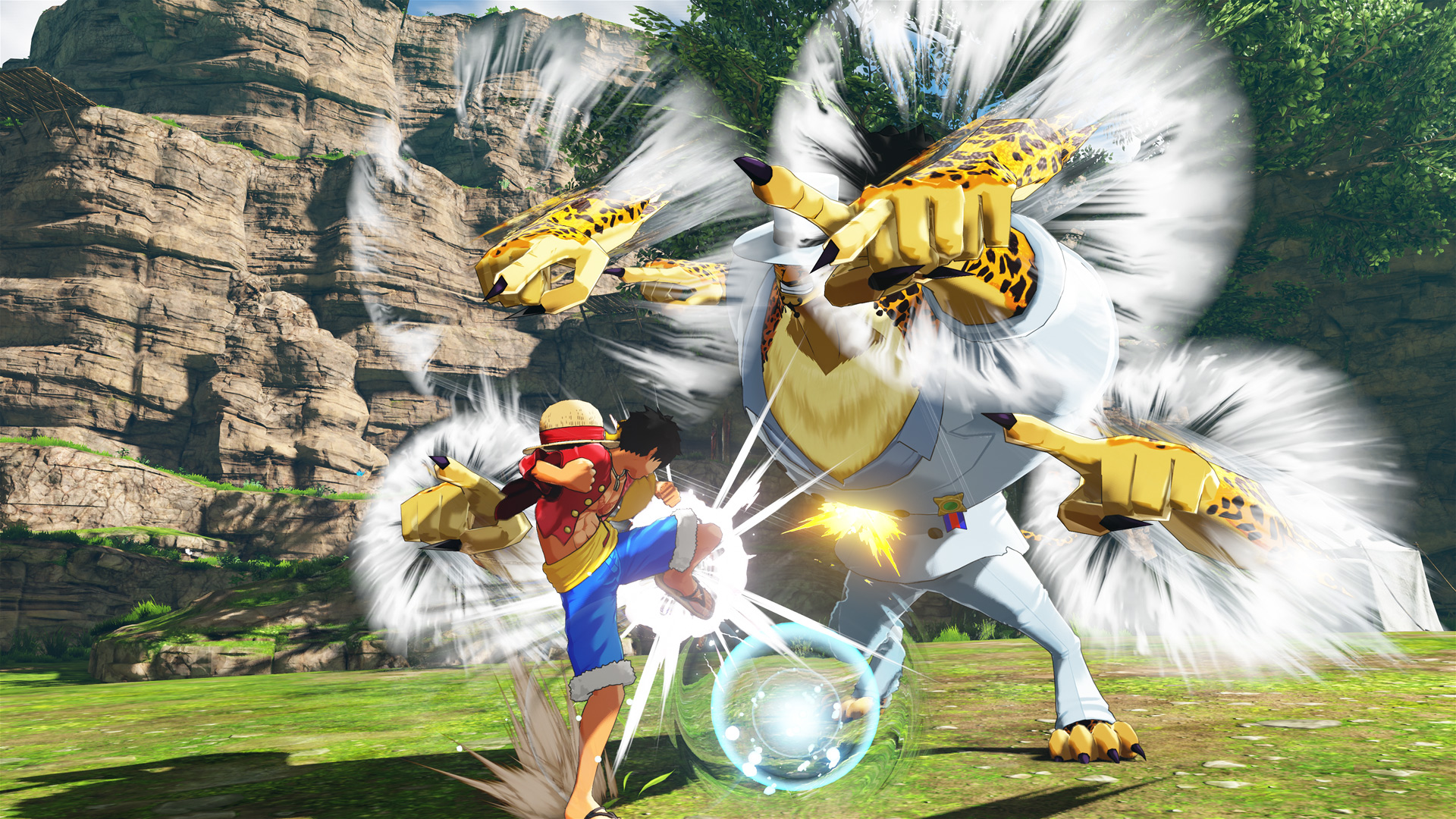
-
One Piece: World Seeker Review March 2019 #8
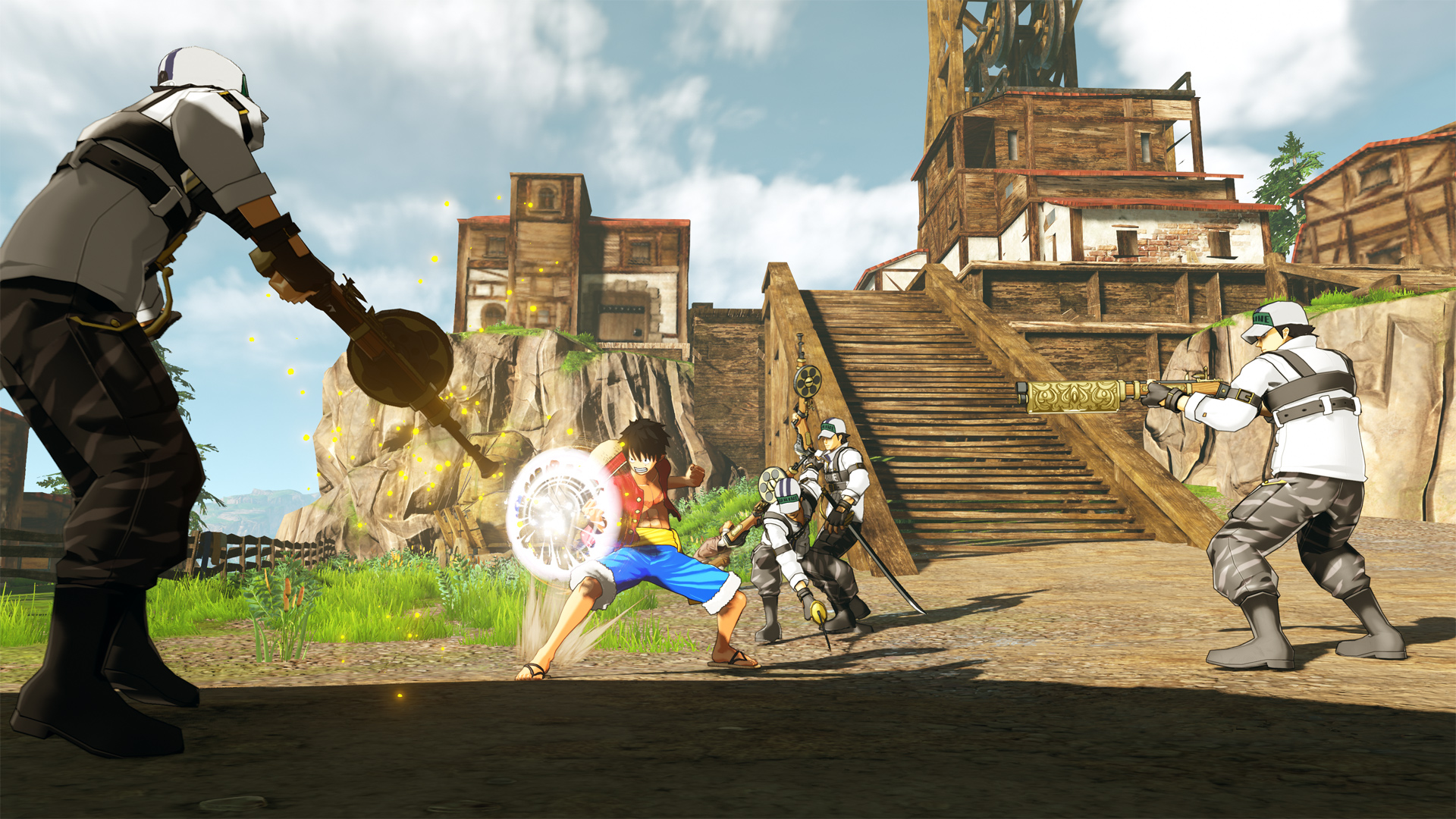
-
One Piece: World Seeker Review March 2019 #9
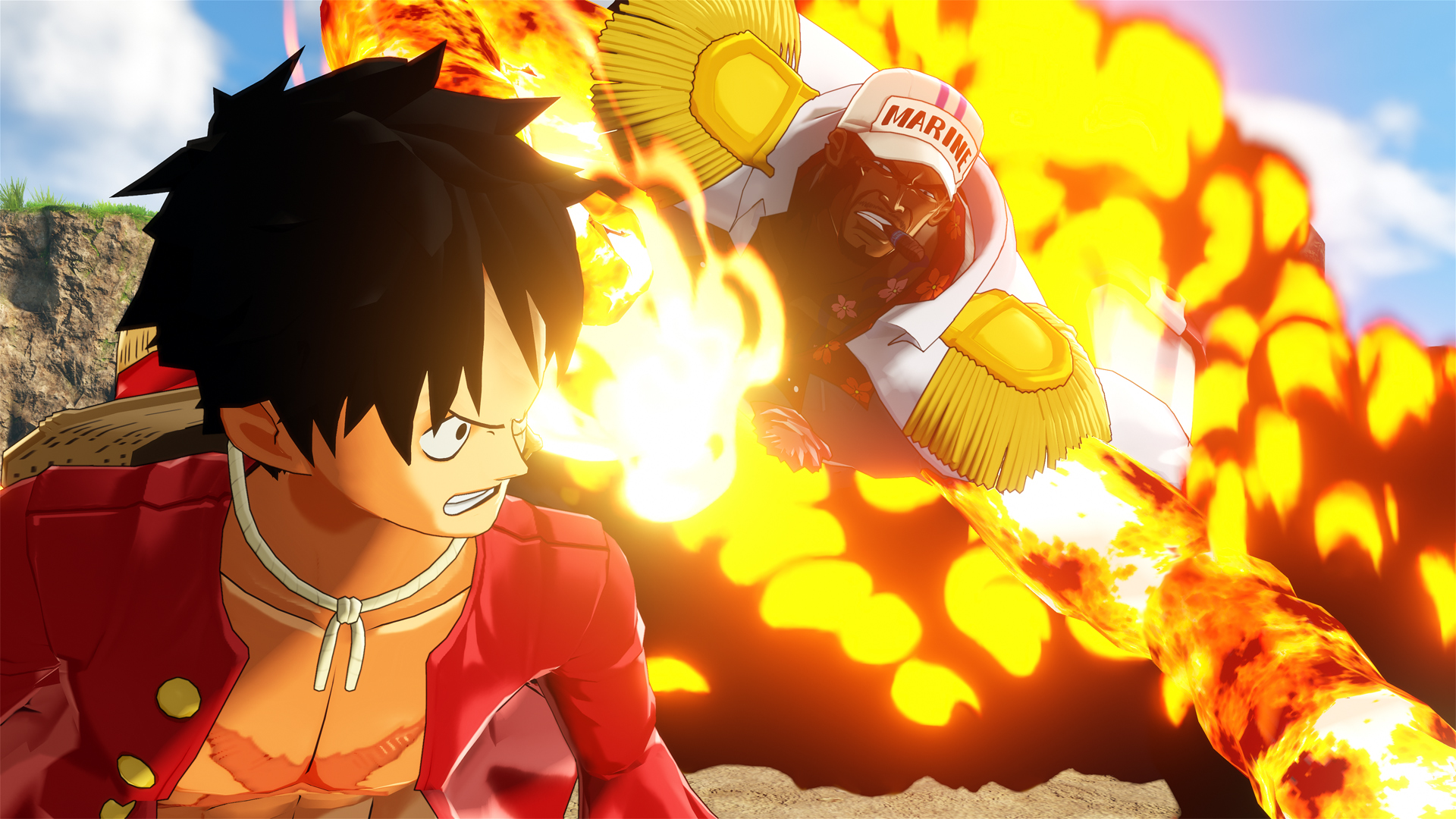
-
One Piece: World Seeker Review March 2019 #10
